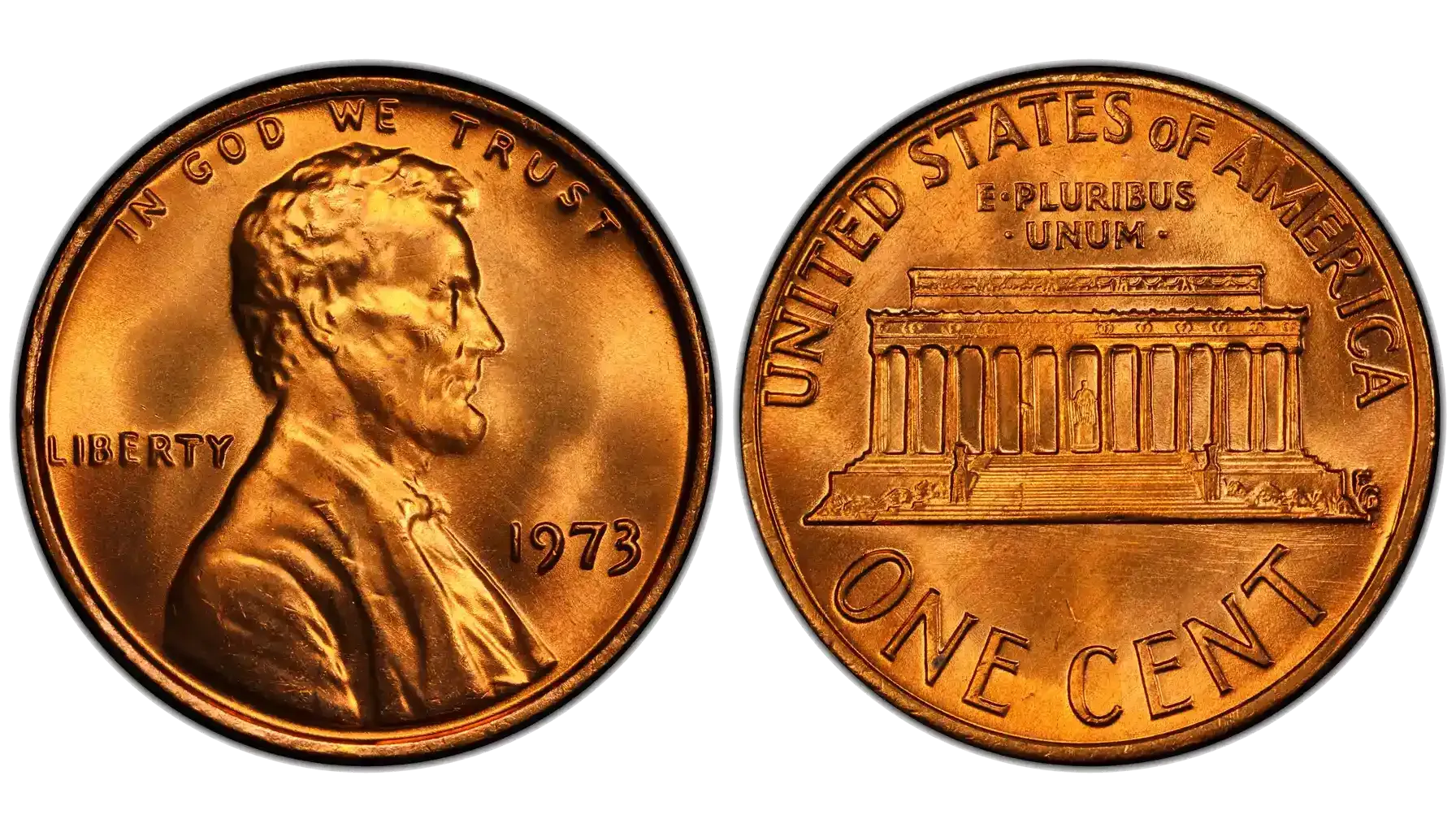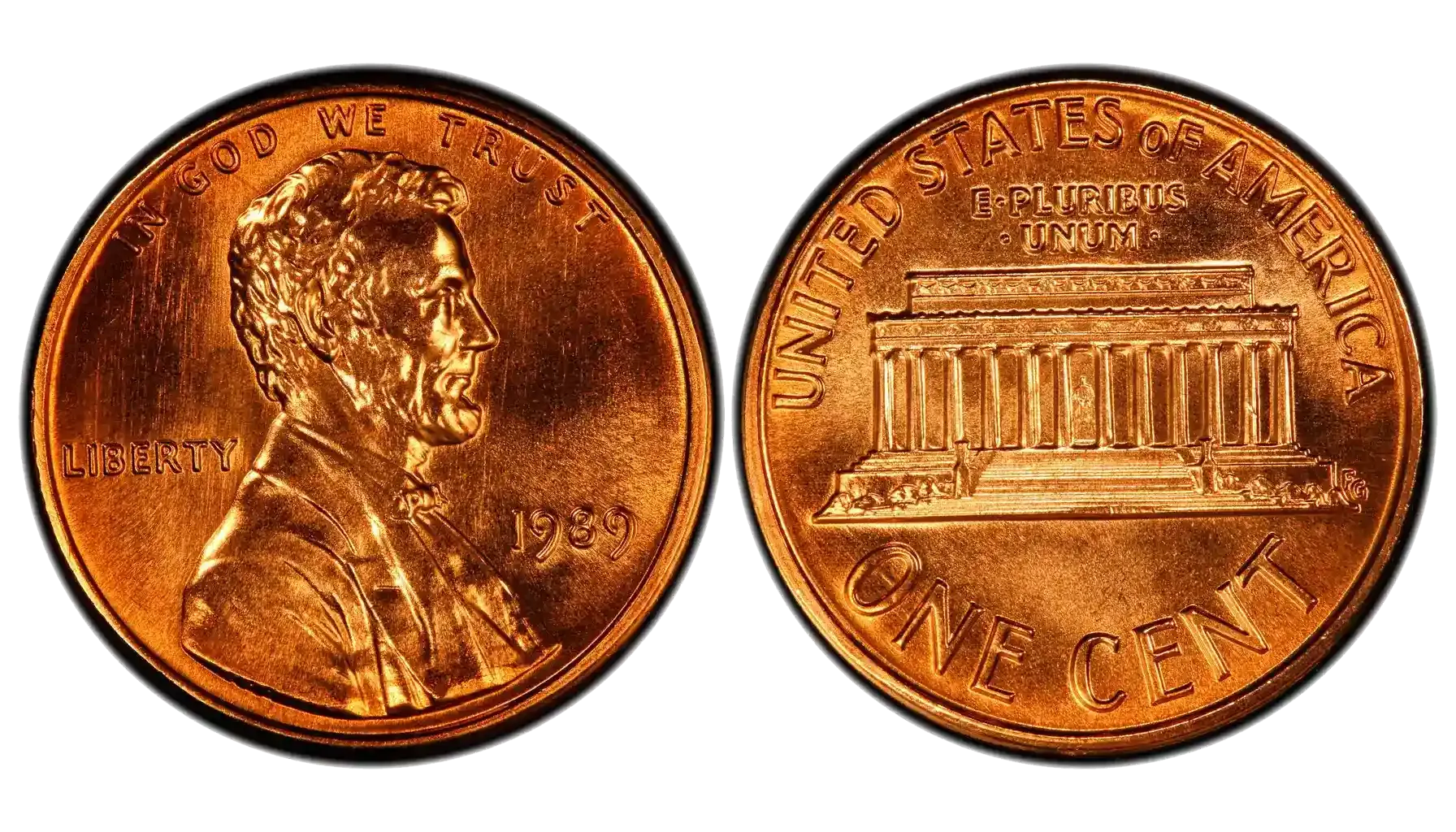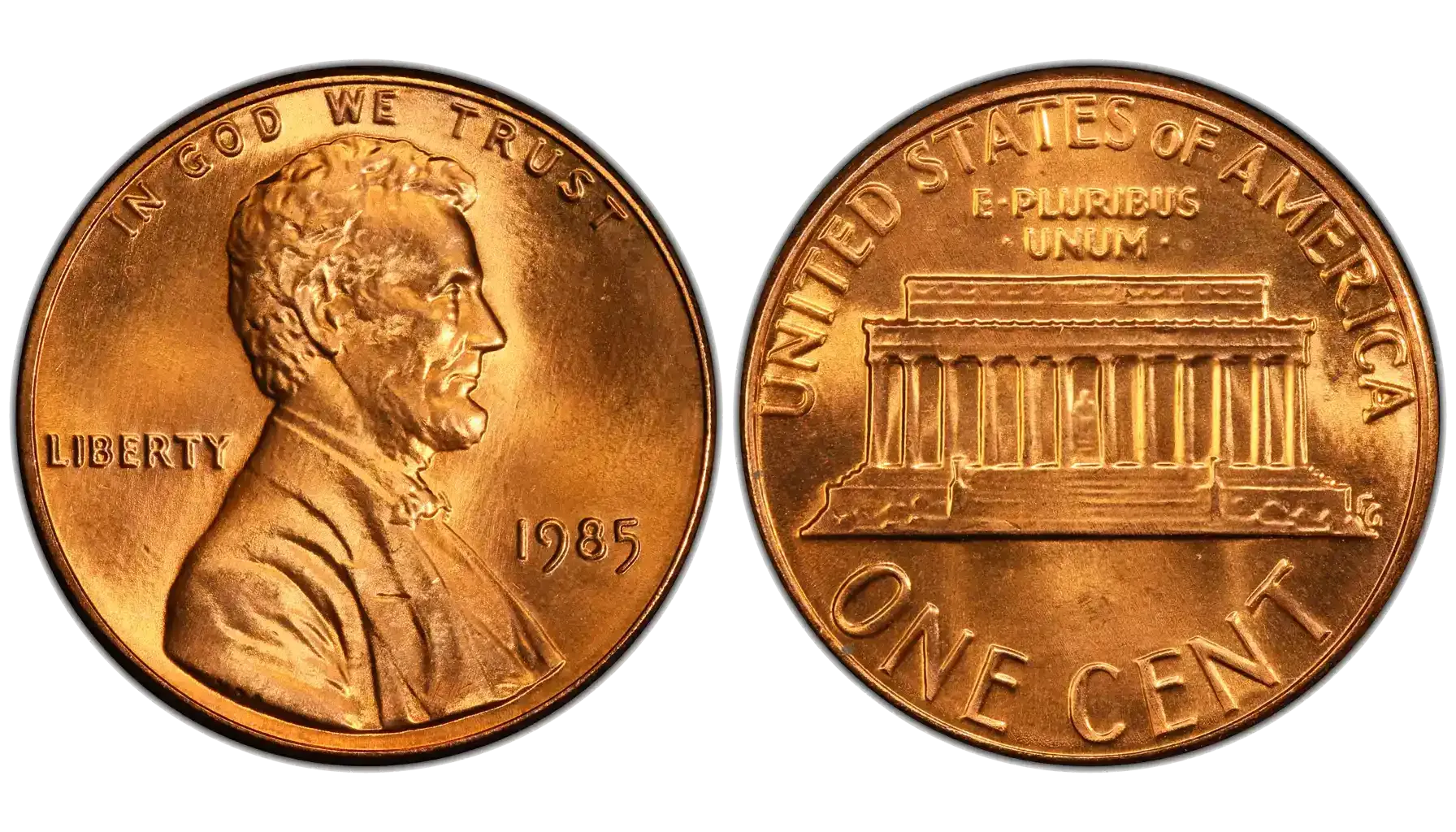Have you ever stared at a penny and wondered if it could be worth more than just one cent? If not, this is high time you thought of the real values instead. As usual, we see coins as simple, ordinary items that we may utilize on a daily basis. However, some instances are not as common as they seem to be. This can be applied to one-cent coins as well.
What is the most valuable penny? Supported by the data from GreatCollections, we have prepared a complete list of valuable pennies to check coin value and explore current market demand (as of February 2025). Learn more about these coins and look for treasures you may own.
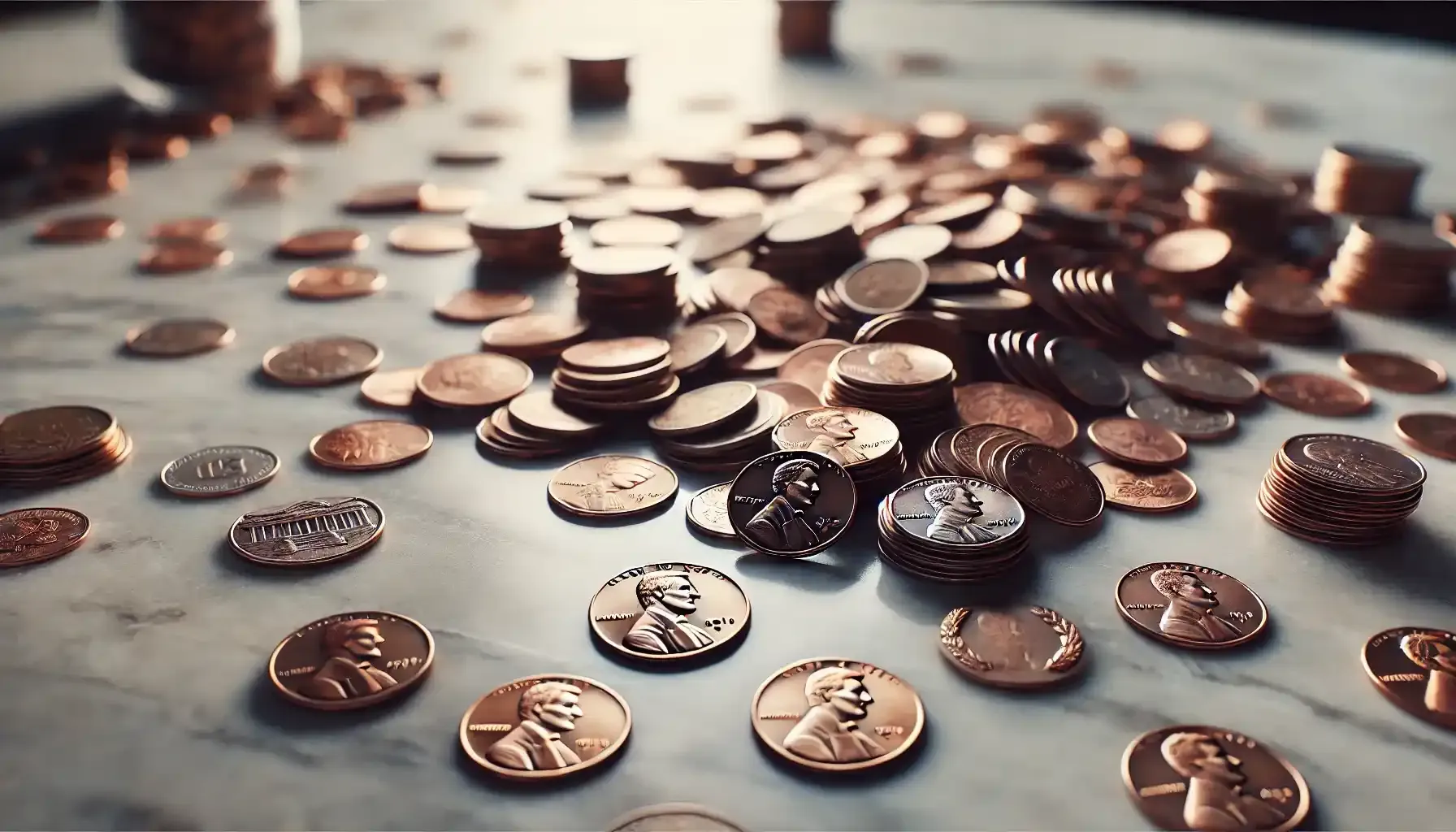
Quickly About What the US Pennies Are
Since 1793, one of the main units of currency in the US has been a penny, also referred to as the one-cent coin. Originally composed mostly of copper, the penny has experienced many design and compositional alterations. The Indian Head penny (1859–1909) and the Lincoln cent (1909–present), which remains the most enduring design in US currency, are the most well-known series among others.
No matter how small the denomination may seem, the penny has substantial historical and collector significance. Nevertheless, collectors are only interested in uncommon, incorrect variants or those of exceptional quality. Even though some argue that the penny should be discontinued because of its diminishing economic value, it is still a famous symbol of American numismatics, and rare examples can sell for hundreds or even millions of dollars at auctions worldwide.
Which Pennies Are Valuable? The Complete List
Below is a list of valuable pennies by year that could be found on today’s market (based on coin condition, rarity, and demand).
№ | Year | Description | Estimated Value |
1 | 1794 | Liberty Cap Cent Head of 1793 | $30,000+ |
2 | 1992 | Lincoln Cent Close AM | $20,000 - $25,000 |
3 | 1943 | Lincoln Cent Doubled Die Reverse | $16,000 - $20,000 |
4 | 1955 | Lincoln Cent Doubled Die Obverse | $16,000+ |
5 | 1936 | Lincoln Cent MS-68 | $12,000 |
6 | 1955 | Lincoln Cent Doubled Die Obverse MS-65+ | $11,500 - $15,000 |
7 | 1941 | Lincoln Cent Proof-67 | $6,000 - $10,000 |
8 | 1793 | Wreath Cent Vine and Bars | $5,000+ |
9 | 1932 | Lincoln Cent MS-67 | $5,000+ |
10 | 1951 | Lincoln Cent MS-68 | $4,500+ |
11 | 1943 | Copper Lincoln Wheat Penny | $50,000+ |
12 | 1909 | Lincoln Cent S VDB | $700 - $1,500 |
13 | 1914 | Lincoln Cent D | $200 - $2,500 |
14 | 1922 | Lincoln Cent No D | $500 - $12,000 |
15 | 1931 | Lincoln Cent S | $100 - $150 |
16 | 1944 | Steel Lincoln Wheat Penny | $25,000+ |
17 | 1969 | Lincoln Cent S Doubled Die Obverse | $35,000 - $50,000 |
18 | 1972 | Lincoln Cent Doubled Die Obverse | $300 - $600 |
19 | 1983 | Lincoln Cent Doubled Die Reverse | $300 - $600 |
20 | 1984 | Lincoln Cent Doubled Die Obverse | $150 - $425 |
21 | 1995 | Lincoln Cent Doubled Die Obverse | $20 - $50 |
22 | 1917 | Lincoln Cent Doubled Die Obverse | $1,000 - $3,500 |
23 | 1909 | Indian Head Cent S | $300 - $600 |
24 | 1877 | Indian Head Cent | $700 - $3,500 |
25 | 1914 | Lincoln Cent S | $100 - $500 |
1794 Liberty Cap Cent Head of 1793
Let us start with the first official US currency issue, noteworthy for both its historical significance and its peculiar design. As such, it features a left-facing bust of Lady Liberty with flowing hair. This type of coin usually has different varieties, and this one is considered one of the most valuable of them all.
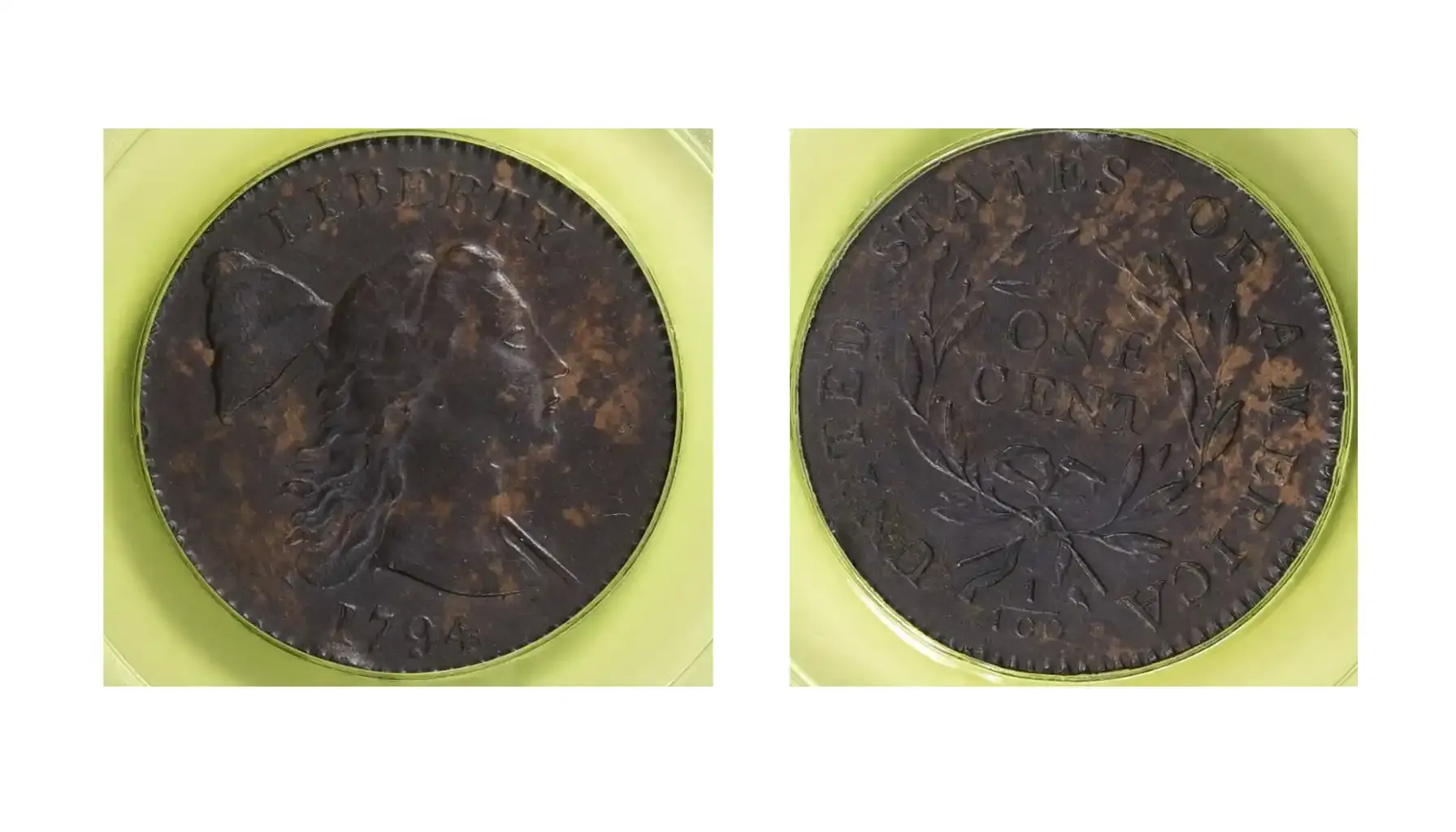
1992 Lincoln Cent Close AM
The unintentional use of a proof die on business strikes led to the creation of this Close AM variant. As for its appearance, the obverse of this penny displays the well-known image of President Abraham Lincoln, with the words "LIBERTY" and the year on the left. Its distinctive feature is that, in contrast to other 1992 cents, the letters "A" and "M" in "AMERICA" are positioned too close on the reverse so that they are almost touching.
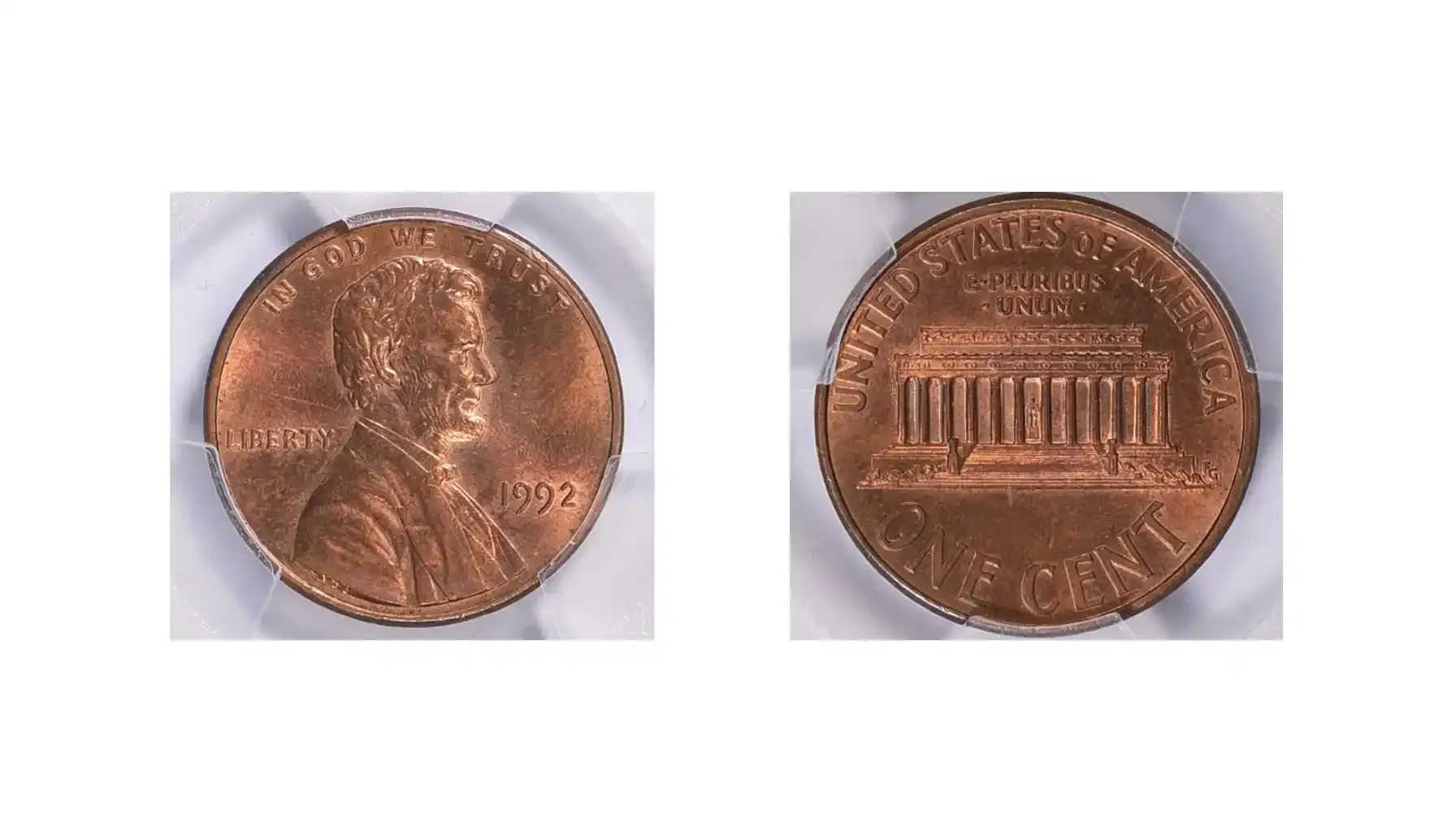
1943 Lincoln Cent Doubled Die Reverse
As for unique deviations, these coins differ from ordinary issues because of a misalignment that occurred during the minting process. Since the 1943 Lincoln Cent is composed of zinc-coated steel rather than the more conventional copper color, it appears silver. Notable doubling can be found in the inscriptions "E PLURIBUS UNUM," "UNITED STATES OF AMERICA," and "ONE CENT", i.e., on the reverse side of the variant.
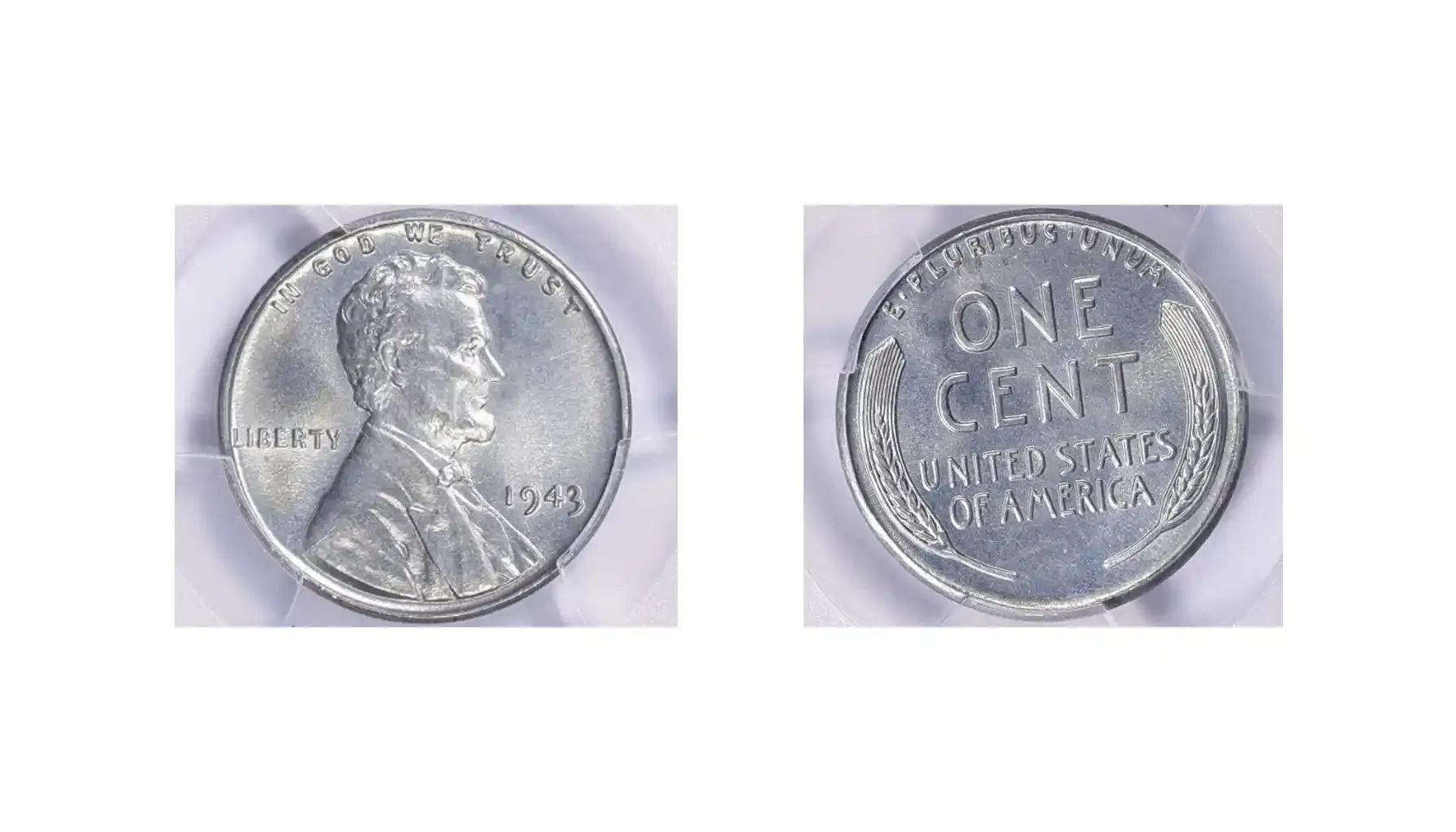
1955 Lincoln Cent Doubled Die Obverse
It is well-known for its remarkable duplication of the words "LIBERTY" and "IN GOD WE TRUST" along with the year "1955". It is one of the most identifiable (=obvious) mistake coins in American history. The coin still features the typical Lincoln Wheat Cent design with wheat stalks on the reverse and a bust of Lincoln on the obverse.
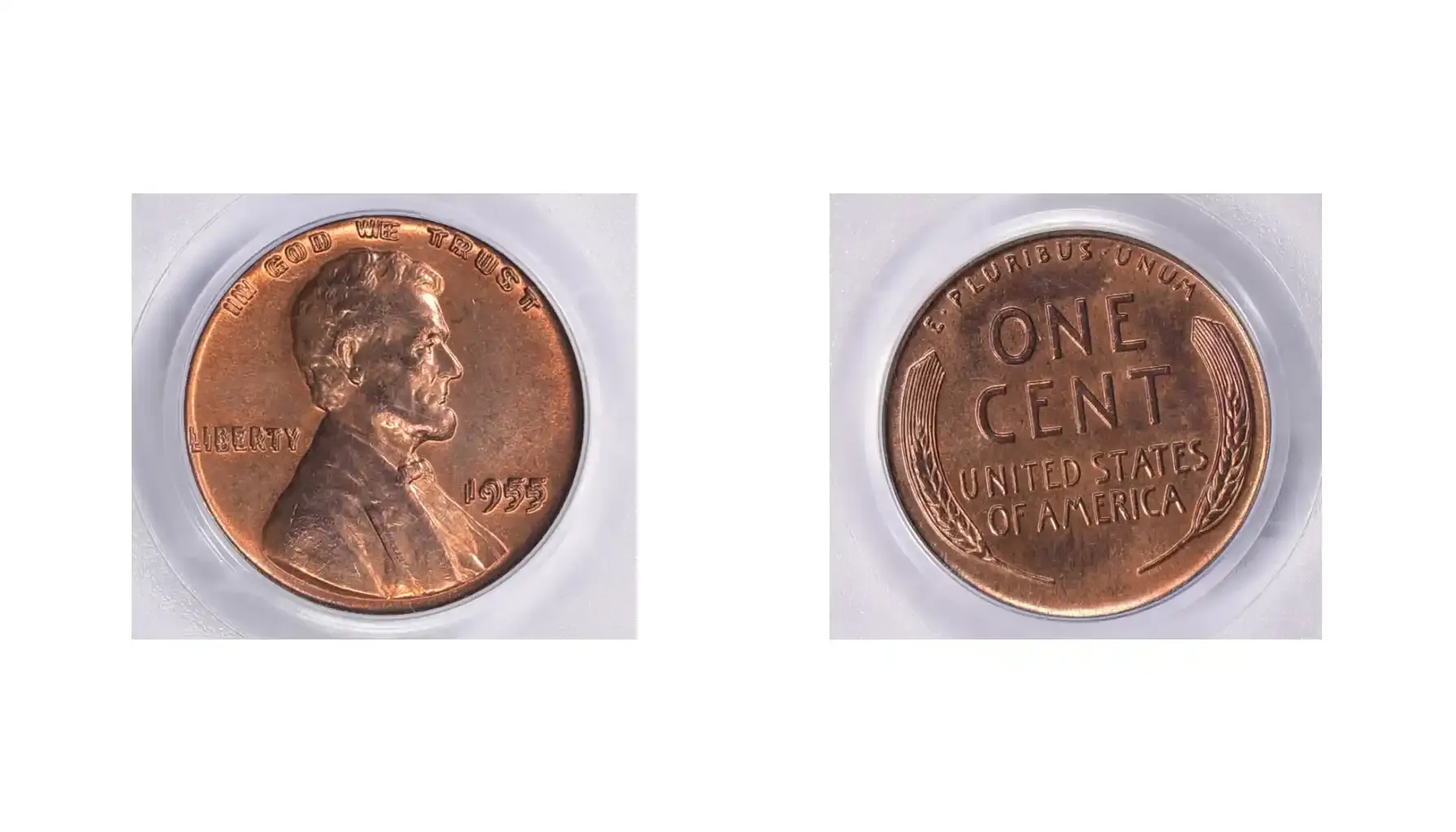
1936-D Lincoln Cent MS-68
What pennies are valuable? Another answer refers to 1936-D Lincoln Cents. Particularly in MS-68 condition, it has a crisp strike and original mint luster, with the picture of Abraham Lincoln on the obverse side. The reverse shows two wheat ears that frame the inscriptions, characterized by minimal bag marks and excellent eye appeal.
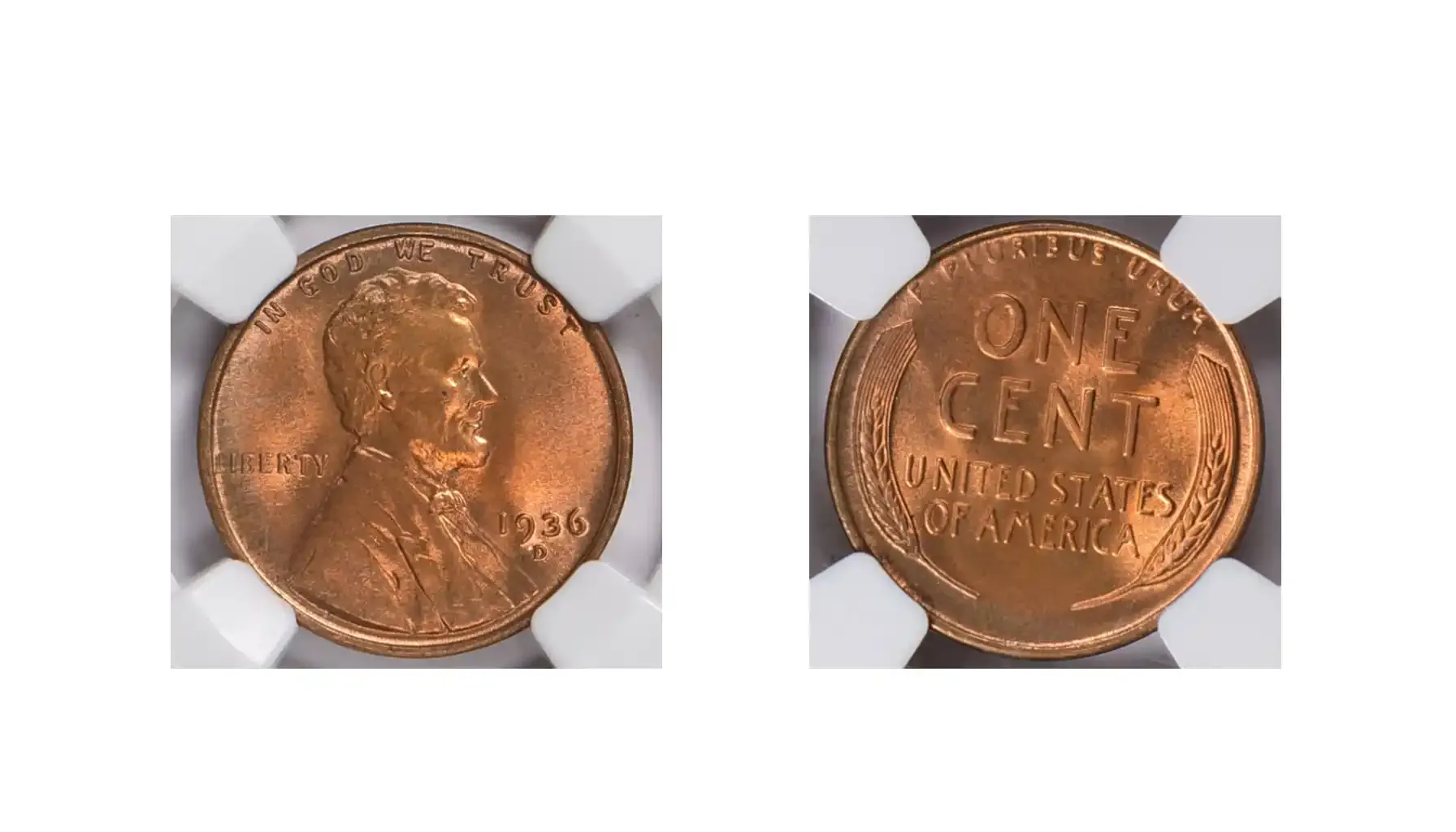
1955 Lincoln Cent Doubled Die Obverse MS-65+
Similar to the standard 1955 Doubled Die Obverse, this high-grade MS-65+ iteration exhibits bold doubling on the obverse text. It is among the best-preserved specimens of this well-known mistake due to its deep, original luster and few flaws. Its overall aesthetic appeal is also improved by the fine details of Lincoln's features and the coin's fields, too.
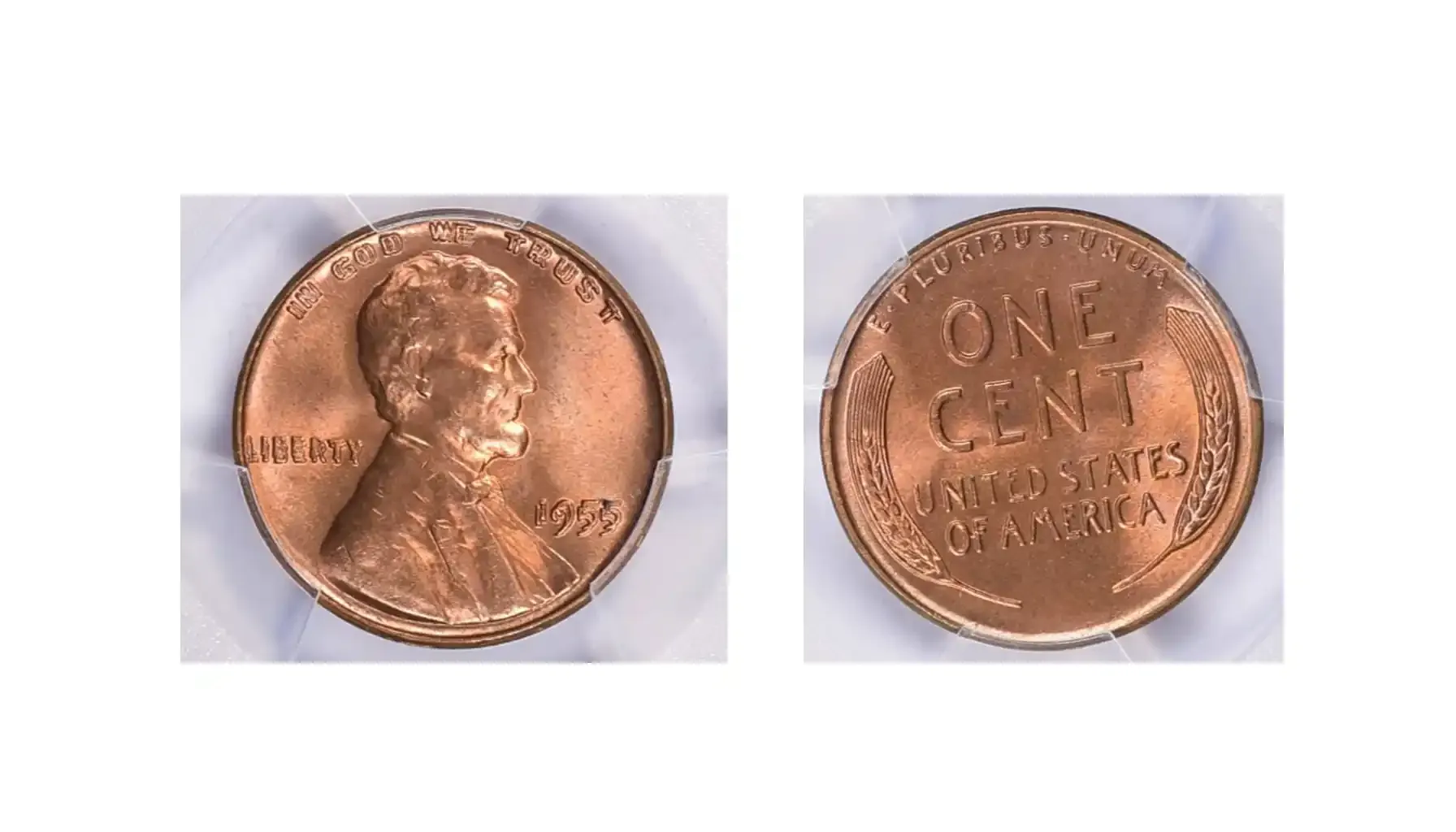
1941 Lincoln Cent Proof-67
The 1941 Lincoln Cent in Proof-67 grade is distinguished by its beautifully defined features and mirror-like surfaces. To be more precise, it displays Lincoln's profile with clear engraving and no noticeable imperfections or scratches at all. The reverse, on its part, emphasizes the coin's proof-struck quality, as it displays the traditional wheat stalks with the most accurate text possible.
Here is more about the 1941 Penny Worth.
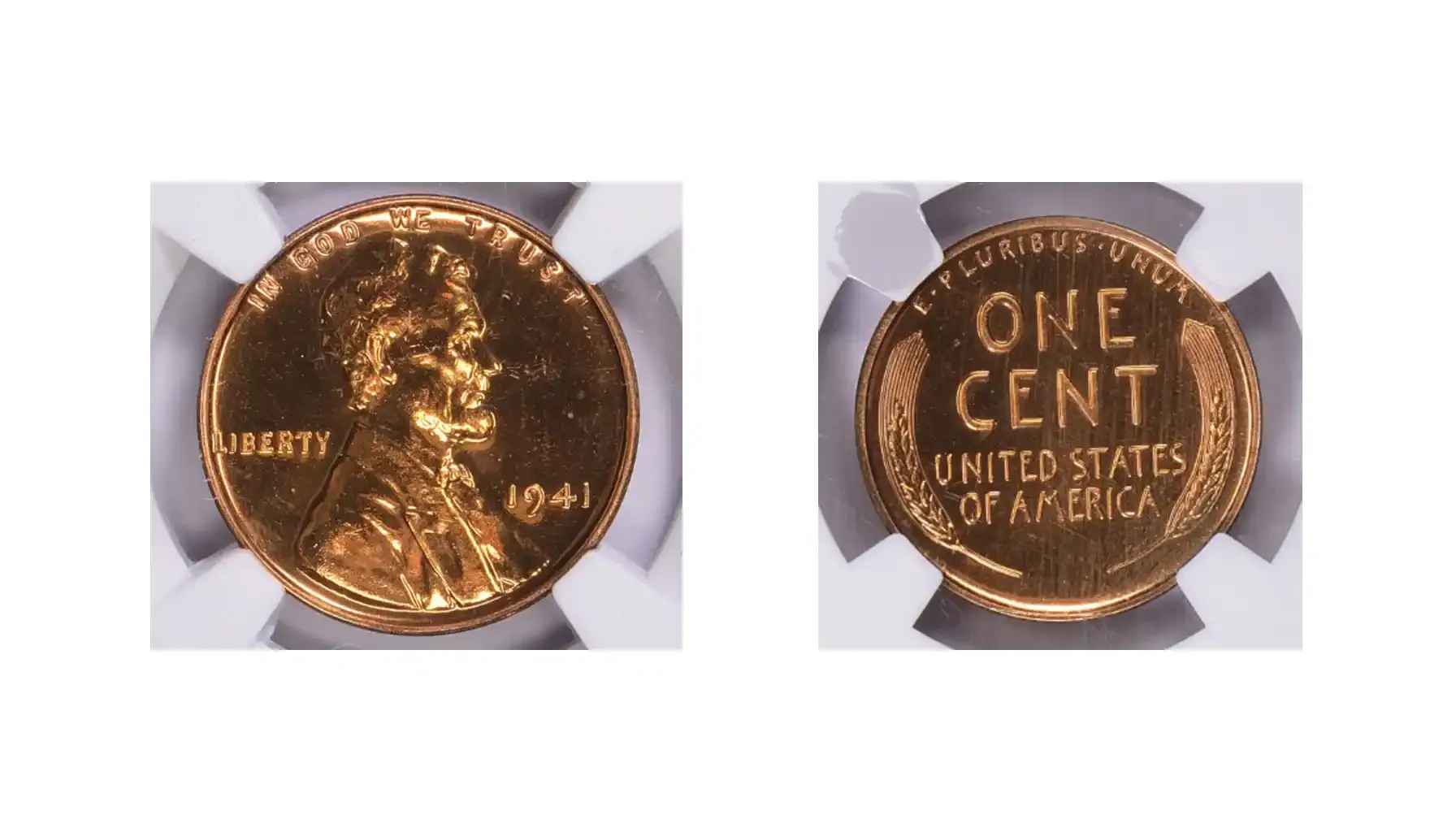
1793 Wreath Cent Vine and Bars
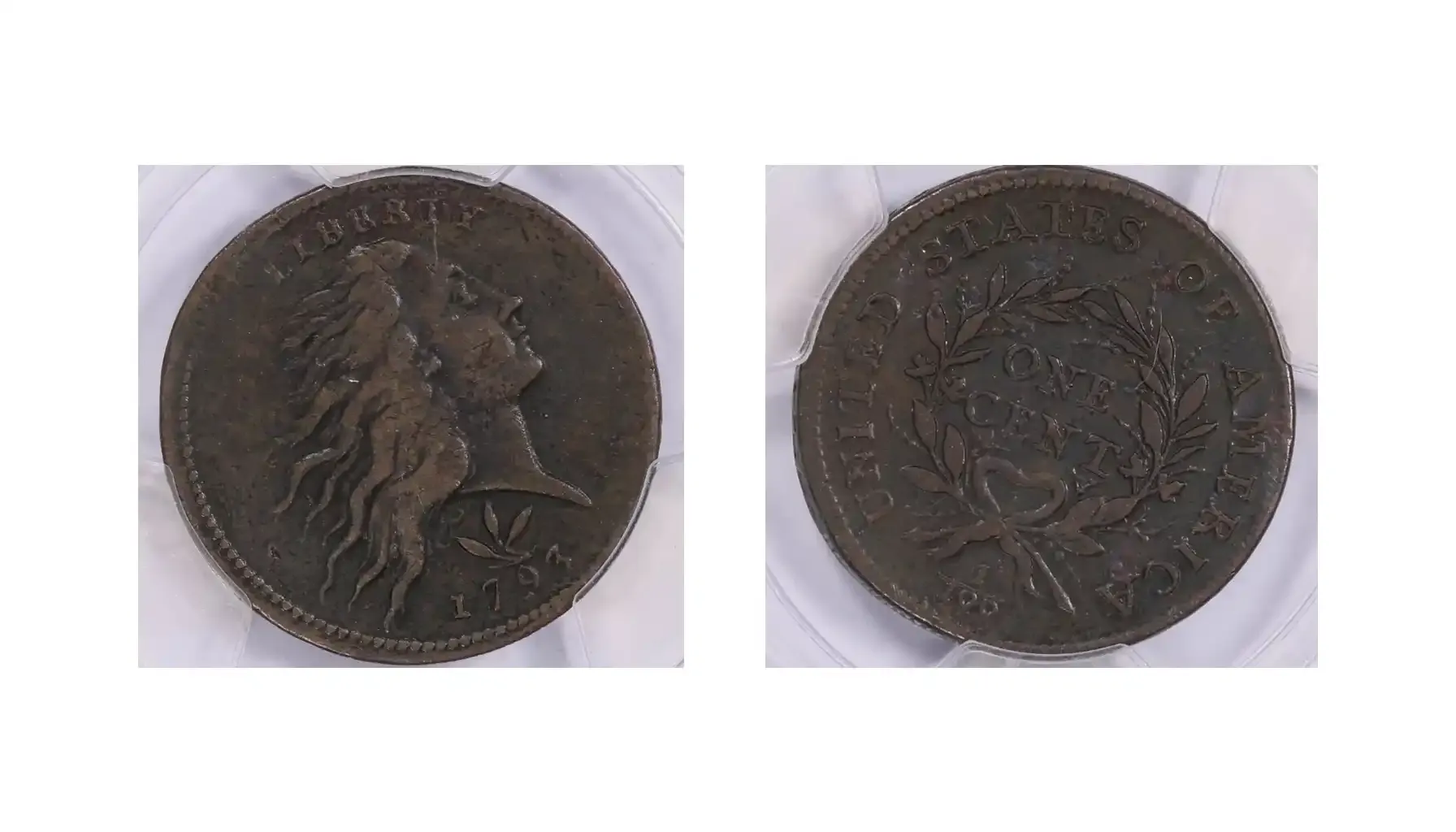
One of the first large cents struck in the United States was the 1793 Wreath Cent, which depicts a Liberty with flowing hair looking right. The reverse features the words "UNITED STATES OF AMERICA" around the edge of a stylized wreath that encircles the denomination "ONE CENT." Because of the coin's ornamental border on the edge, this variation is called "Vine and Bars".
1932 Lincoln Cent MS-67
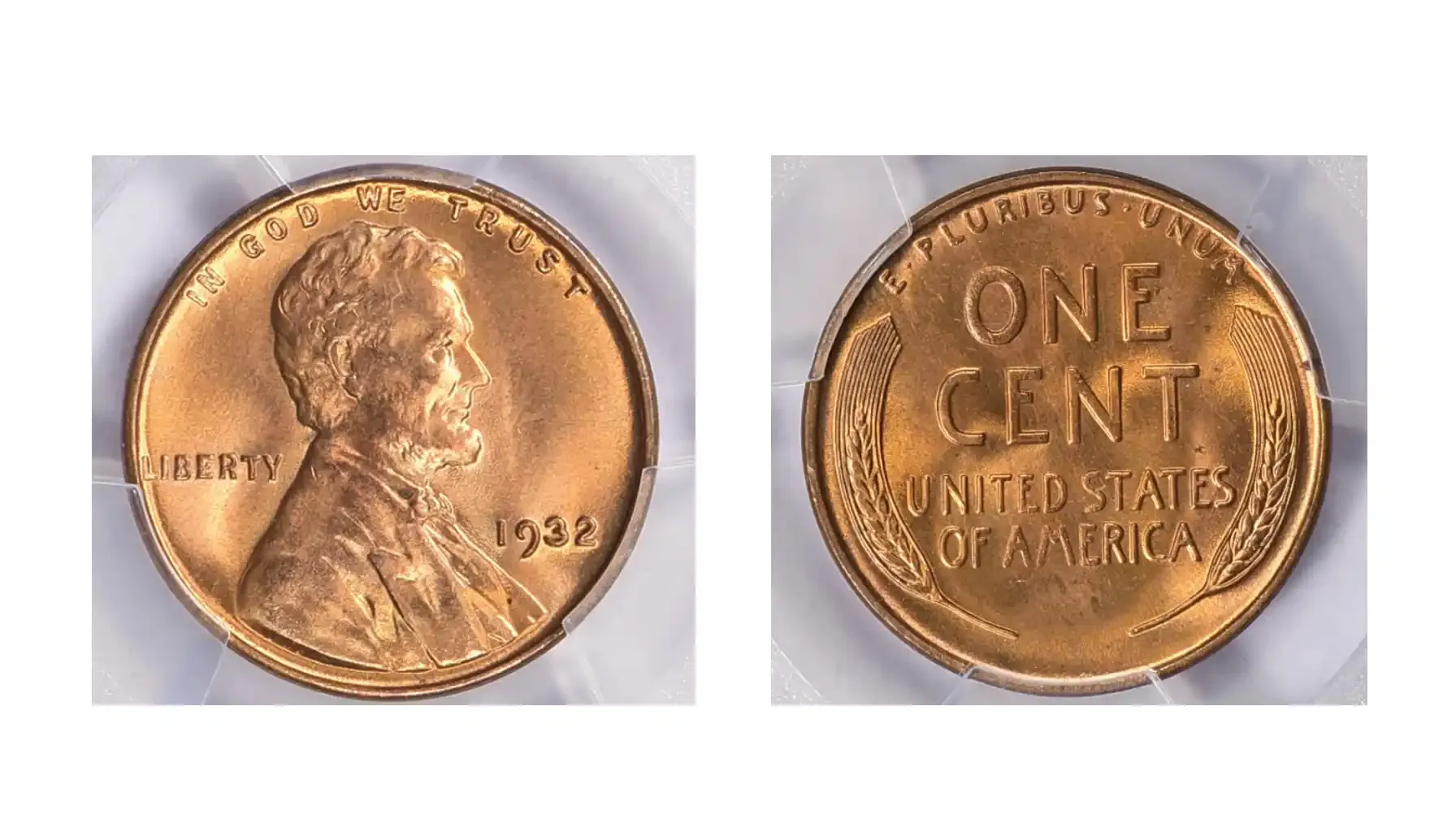
When in MS-67 condition, the 1932 Lincoln Cent is a rare Depression-era coin that features the coin's right-facing profile, with its strong design elements and well-preserved brilliance. To prove its value even more profoundly, the coin's remarkable strike is highlighted by the clean text and wheat stalks on the reverse. Because so few copies have survived in such perfect shape, collectors find these valuable US pennies desirable.
1951-S Lincoln Cent MS-68
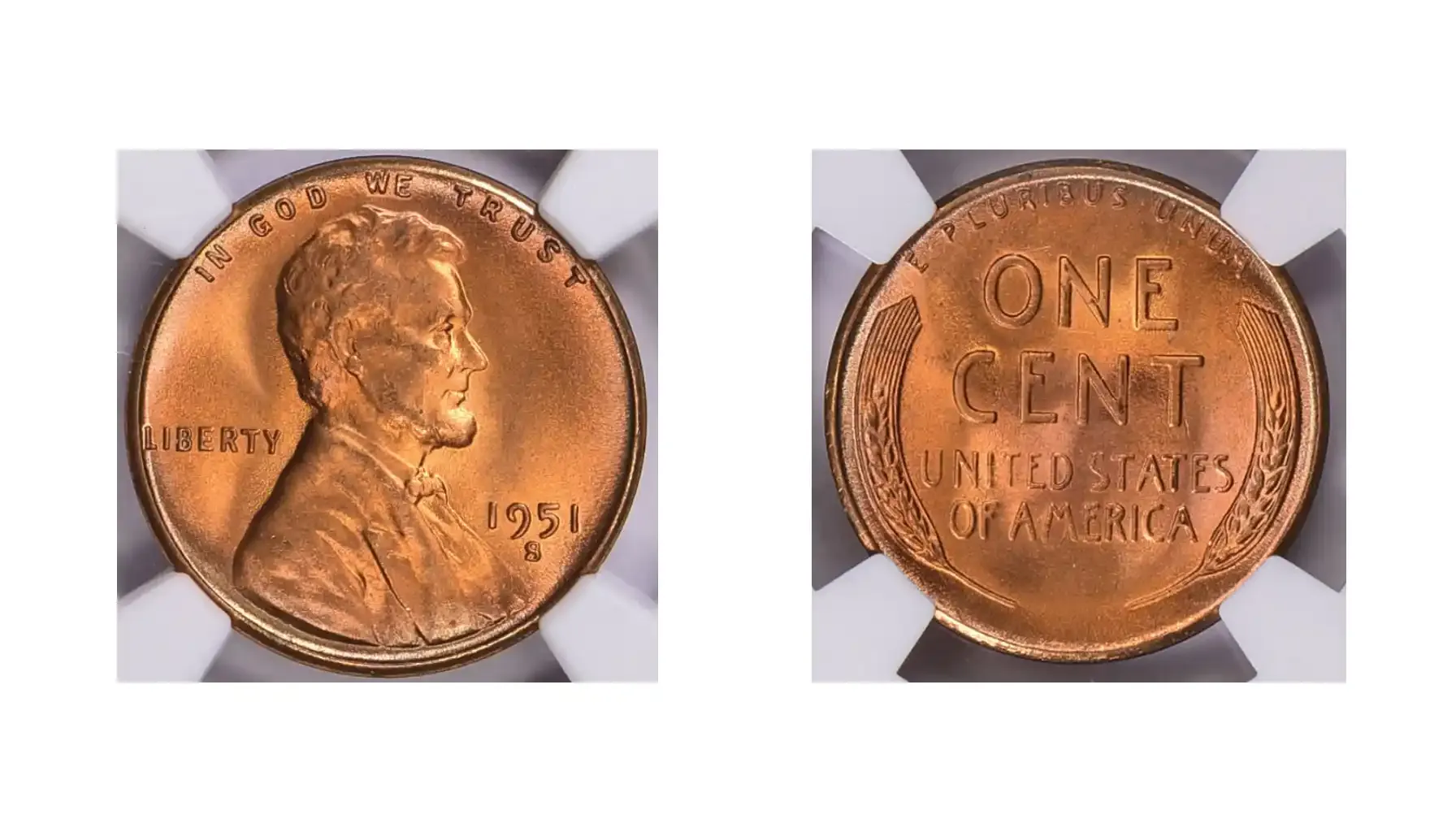
The San Francisco-minted 1951-S Lincoln Cent is notable for its vivid red luster and crisp details. The coin is in MS-68 condition and has a deep, original mint color and a practically perfect surface. The reverse features sharply struck wheat ears that display all of the details, while the obverse features a striking portrait of Lincoln. It is uncommon to find this issue in such excellent condition, which makes it a valuable collectible.
To learn more about such instances, including error pennies, we recommend that you opt for additional resources (apart from auction houses), such as Coin ID Scanner. Identify coins, add them to your collections, manage varieties you own, and get connected with the international community to share knowledge and collaborate. Enjoy your coin-collecting experience with Coin ID Scanner by your side!

